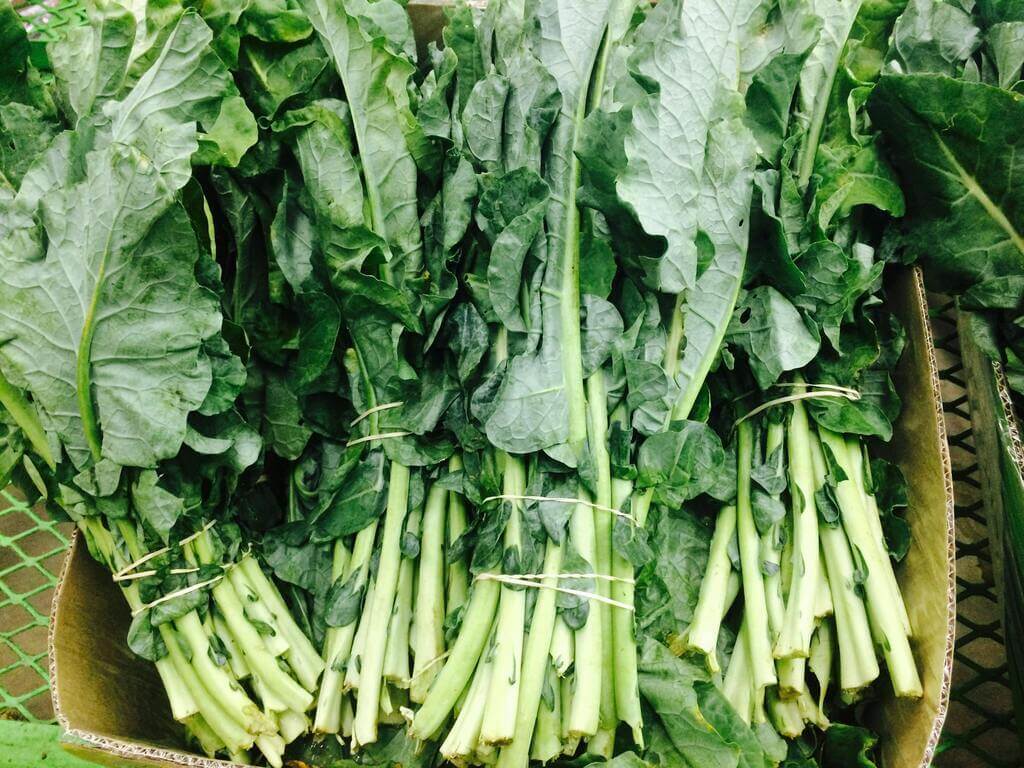While E. coli is among the leading causes of illness from the consumption of unsanitary raw vegetables, new evidence shows that diseased or pest-ridden crops have significantly higher levels of the bacteria. There is also growing evidence that it can get into plants making it impossible to get rid by washing or cutting off the spoilt parts.
Scientists found that E. coli cases were 27 times greater on young leaves affected by soft rot. On physically damaged vegetable leaves, there was an 11-fold increase only four hours after harvest.
In high enough quantities, E. coli can get into the leaf cells of pest-damaged crops and become internalized. This makes it impossible to wash the bacteria off.
Previously, only post-harvest handling was linked to E. coli outbreaks. It has however been proven that 20 per cent of vegetable contamination takes place on farms.
Related News: Vegetable rot cancer risk for Kenyans
Related News: Proper hygiene safest way of increasing milk shelf-life
Leafy vegetables and root crops have the greatest risk of infection at the farm level from manure and irrigation water.
This poses a great public health risk for Kenya as rising food prices have led to an increase in the consumption of often cheaper or freely available vegetables.
Invariably this has led to an increase to an increase in E. coli outbreaks. In a sample of street-vended kachumbari and fruit salads in Kenya, 80 per cent tested positive for E. coli levels above the Kenya Bureau of Standards recommended levels.
Diarrhea caused by E. coli is a significant public health concern as it is responsible for 80 per cent of all diarrhea illnesses in Africa particularly in young children. It results in the death of 70,000 children every year with children under five being the most affected. In Kenya, 17 per cent of children below five experience diarrhea yearly.
E. coli is easily spread and can progress quickly causing dire consequences, particularly in young children and the elderly who are more susceptible to the illness.
According to the Colorado State Agriculture Extension Department, E. coli initial symptoms usually occur within one to five days after eating the contaminated food.
Symptoms start with mild, non-bloody diarrhea and may be followed by a period of cramp-like abdominal pain and/or a short-lived fever.
Initial diarrhea increases in intensity over the next 24 to 48 hours, up to a four- to 10-day period. Bloody diarrhea is accompanied by severe abdominal pain and moderate dehydration.
Related News: Farmers stem food waste with low cost drying technologies
If untreated life-threatening complications may develop.
These include weakness, low red blood cell counts, lack of urine formation, swelling, and acute renal failure. This is most often seen in children under 10 years. Patients may require dialysis, and the mortality rate is three to five percent. Other complications may include seizures, coma, strokes, colonic perforation, pancreatitis, and/or hypertension. About 15 percent of cases lead to chronic kidney failure. The development of insulin-dependent diabetes is another potential complication.
Other complications common in adults cause seizures, strokes, and damage to the central nervous system and kidneys.
